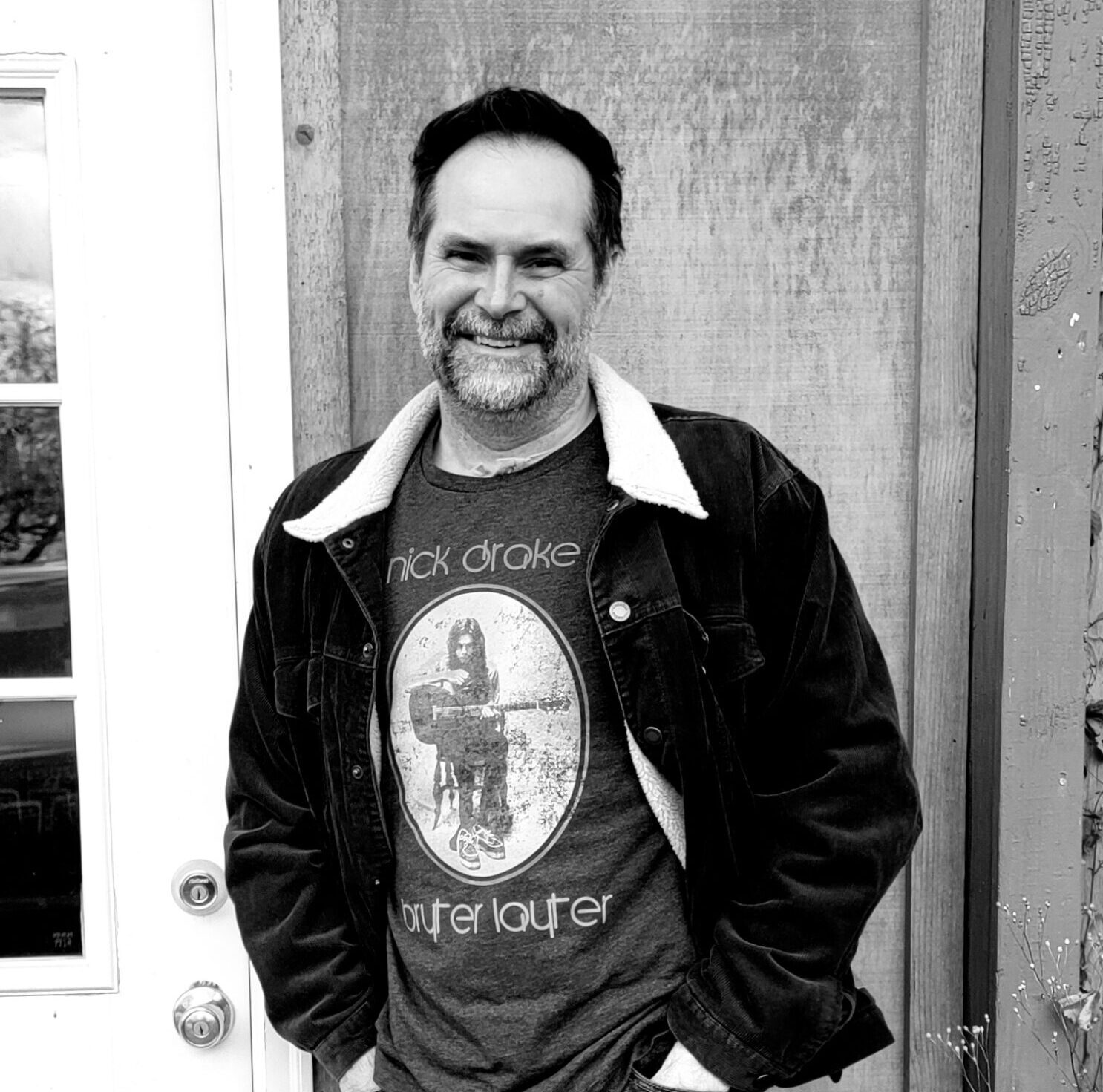Results will Vary: The Disruptive Necessity of Story

by Edward Karshner
Folklore is the rawest, most subversive type of literature. It adheres to no genre. It belongs to the people, the folk, not institutions or mass media conglomerates. As David Southwell writes “any folk culture that could not be regarded as heretical is short-changing the folk.” I was reminded of this dissentient view of folklore, recently, when actor Peter Dinklage took issue with the live remake of Snow White by applauding the casting of a Latina actress as Snow White but saying “you’re still making that fucking backward story of seven dwarves living in the cave.” Dinklage’s reaction to mass media’s insistence on interpreting folklore tropes in the most indolent and hurtful way is understandable. He reminds us that folklore challenges tradition. That the power of folklore is found in its ability to select and reflect a constructed reality that encourages us to find new possibilities in our narratives. So, if Snow White can be re-signified, why not the seven dwarves?
The answer begins with the realization that we have allowed the Disney version to take on the appearance of canon; however, Disney’s take on the seven dwarves is itself, a departure from, a variant of, folklore sources. In folklore, dwarves are not diminutive comic relief. Claude Lecouteux writes that there is little mention of the stature of dwarves in the earliest Norse folklore. He points out that, as magical beings, they could assume any size they desired. Etymologically, the term “dwarf” acts as a verb, describing what a dwarf does in a narrative, rather than as a comment on physical appearance. Our word “dwarf” comes from two proto-Indo-European roots: dheur meaning “to damage” and dhruegh, “to dream.” These PIE roots form the proto-German word dwergaz which, as a noun, means “spirit” and as a verb “to squeeze.” A connection with nightmares is suggested by an Anglo-Saxon charm that equates a Dweorh (dwarf) with sleep disruption. A variation of the personification of a “nightmare.” In fact, in the oldest stories, dwarves are supernatural beings having a close relationship to the dead.
Disney’s version is not even “traditional.” It was Disney who elevated the “seven dwarves” to equal billing with Snow White in the 1937 movie. Yet, in older variants, the dwarves take a secondary, nameless role and, in some cases, aren’t even dwarves. Maria Tatar explains in her The Annotated Brother’s Grimm that the dwarf role is sometimes filled by “compassionate robbers, thieves, bears, wildmen, or ogres.” The dwarves being one of many variations of the donor trope, a magic helper who lives in the wild, untamed, liminal spaces of becoming. The donor being a personification of the very process of folklore that leads an individual to psychological maturity.
My point is that to elevate the Disney version to canon reduces the existential impact of folklore as a method to read and adapt a tale—and in the process, find new possibilities for our own “being in the world.” We should always be at the ready to do, as H. Byron Ballard says, a “forensic investigation” into the stories we think we know and, rather than make claims of validity about stories, tropes, and figures, we should be ready to pick them apart, find the new and possible as we re-signify the worn and stagnant. Otherwise, we fall into the authoritarian trap of orthodoxy where stories should be one story, no variation, no other possibility.
It was folklore’s ability to adapt and change that first attracted me to the study of foundational narratives. Folklorist Robert Kirk believed that all folklore expressed the universal law of motion. Folklore being not a revelation of how things are, but an exploration of tradition and change as possibilities narrated in a particular story. Folklore acknowledges us, our stories, and our circumstance as liminal, liberating us from the stagnant resignation of “what is” to the possibility of “not yet.” A good traditional story makes us comfortable with the ambiguity inherent in change. And I feel, as a writer, I need to explore these ideas of change and adaptation in my own work.
In 1902, Henry Holcomb Bennett wrote about my ancestors, calling them “hillicans” in his history The County of Ross. He characterizes the people as “ignorant beyond the unlettered savage” and their place as being “the Badlands, or abode of evil spirits.” My fiction and most of my nonfiction starts here—in this liminal place between civilization and savagery, reason and superstition. I want to examine how Bennet’s history is folklore and my writing is an acknowledgment of my responsibility to not perpetuate stereotypes but to re-signify the archetypal reality inherent in the potentiality of place, time, people and story. That as a writer, I am the donor character. Dwelling in those liminal places between truth and lie, the real and the imagined. Spinning tales that question, set tasks, push toward action—not just for readers but also for myself. That I don’t just tell stories about experiences but create the conditions to explore new realities.
Peter Dinklage reminds us that the story of Snow White’s seven dwarves is not only backward but tired. As an artist, he reminds us that folklore challenges tradition by demanding we listen to the whispers from the deep past. That those whispers challenge us to find a new story. One particular to our unique time and place. Like the story of a woman, suspended between sleep and death, who is tended to by a company of supernatural nightmare beings. Considering our own seemingly unreasonable desire to slip into a warped nostalgia of a past that never was, inhabited by a race of men who could be benevolent in their ideas and malevolent in their acts, we have to ask how a Snow White and her army of supernatural nightmare helpers might subvert, what Tatar characterizes as, the “judgmental [male] voice in the mirror”?
Read Ed’s other work here at Reckon:
The Fractured Mirror: The Tree and the Well at the Center of Folklore


One response to “The Fractured Mirror”
Astute challenge, offering insights into how we might think differently about stories & tropes, always welcome